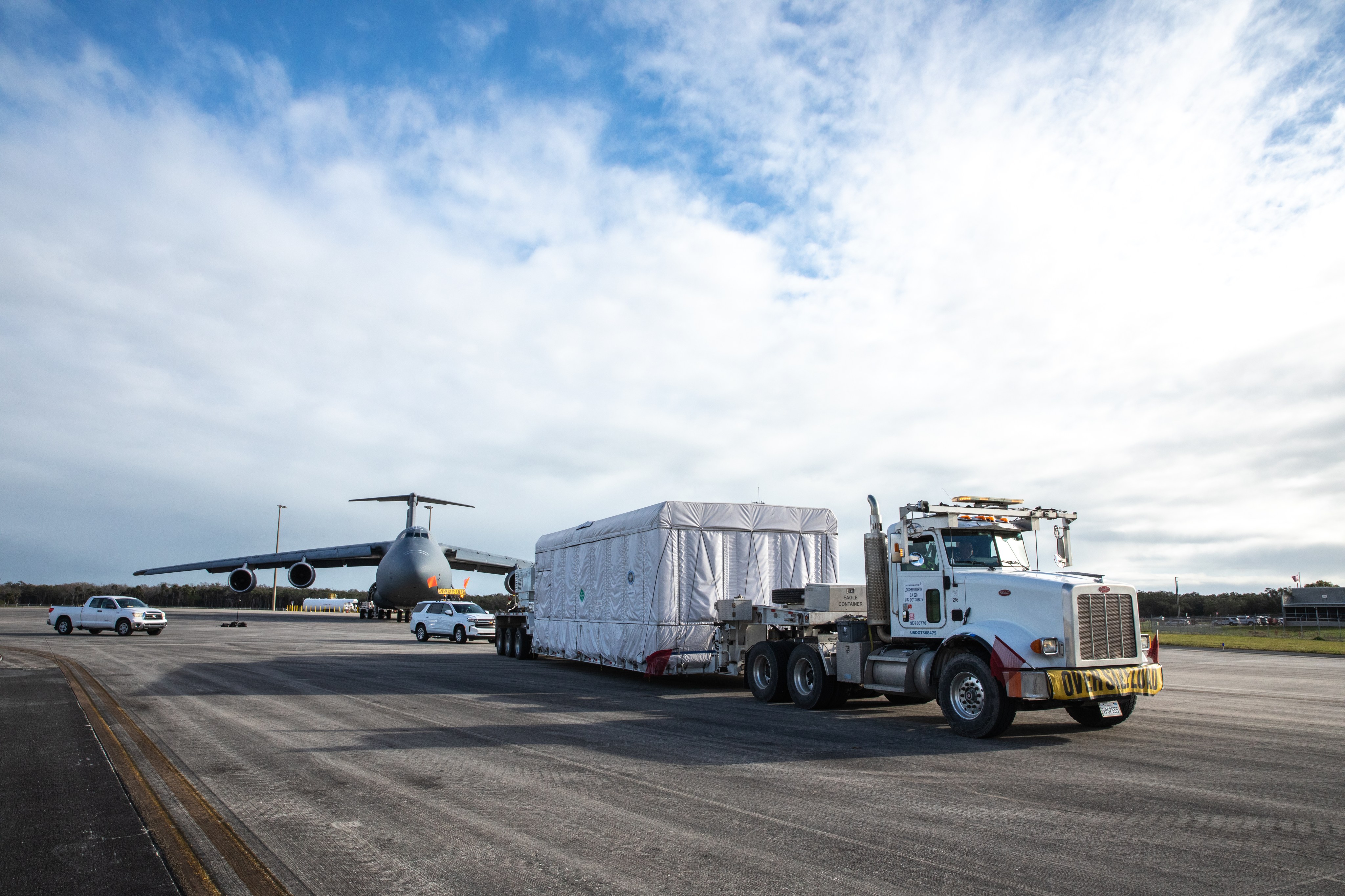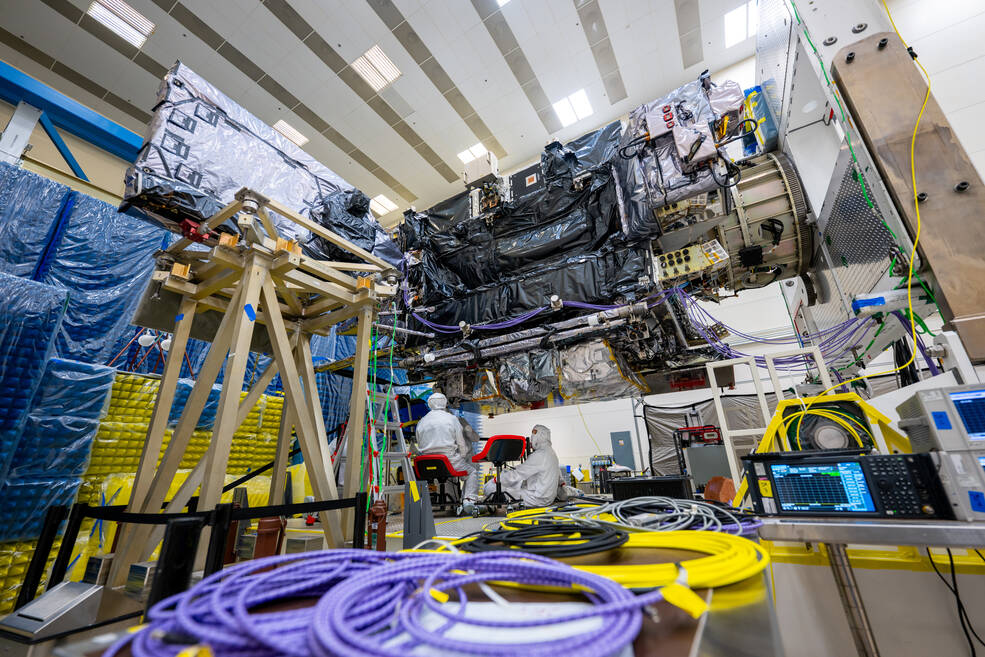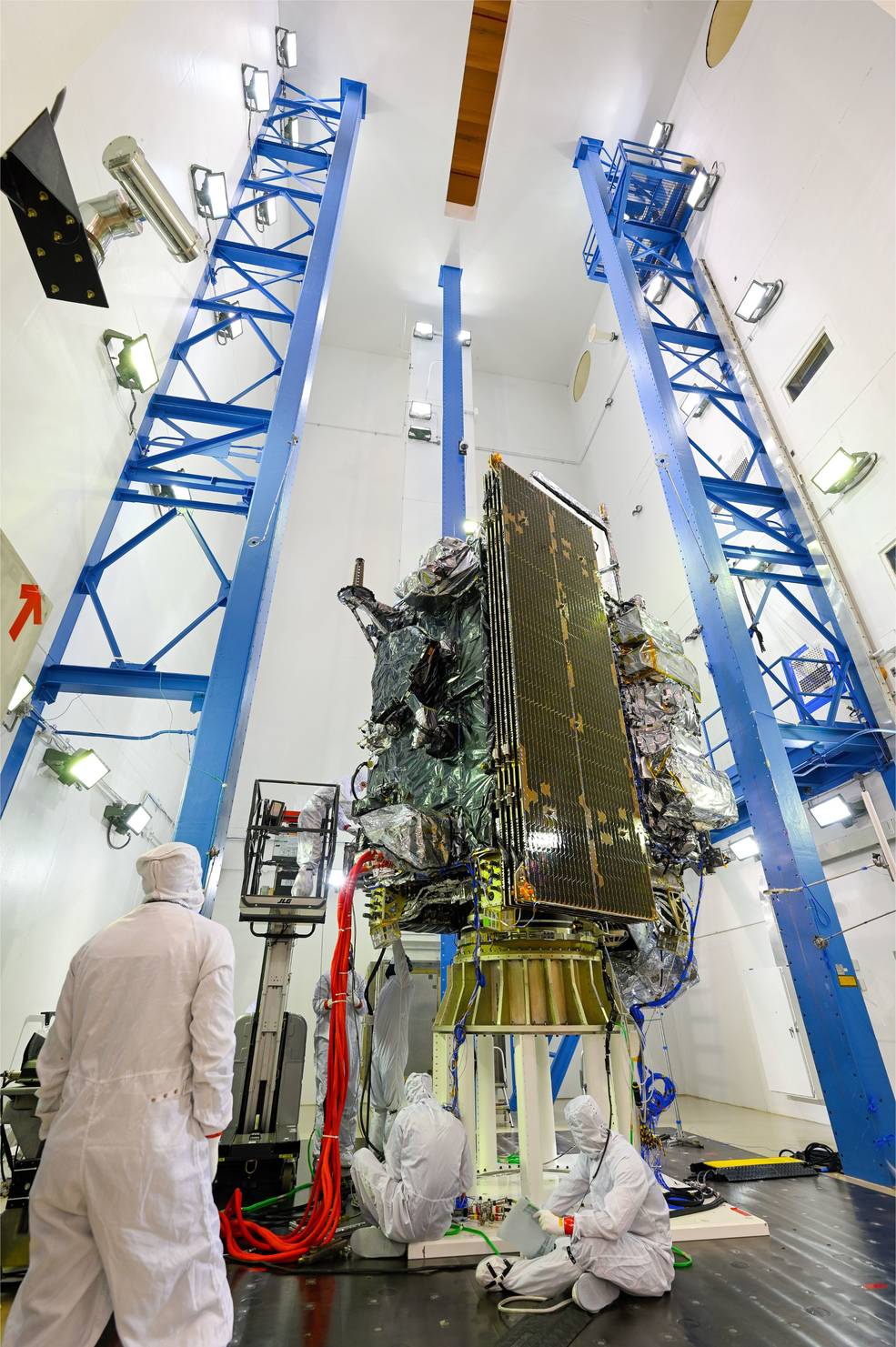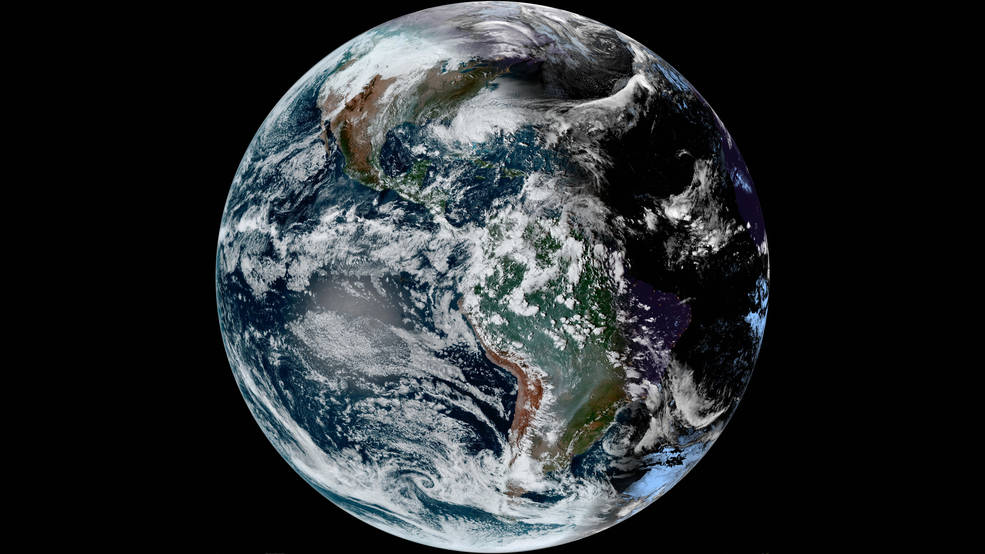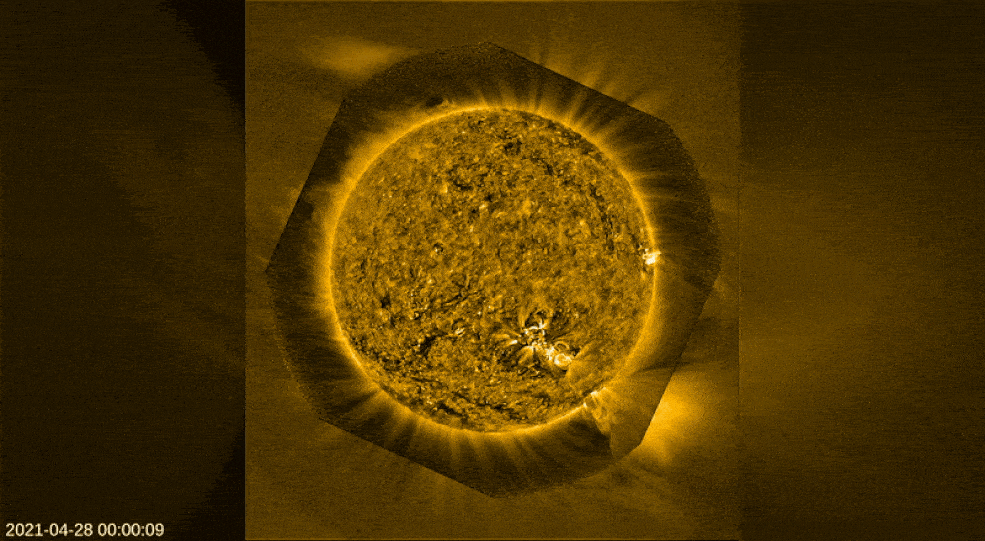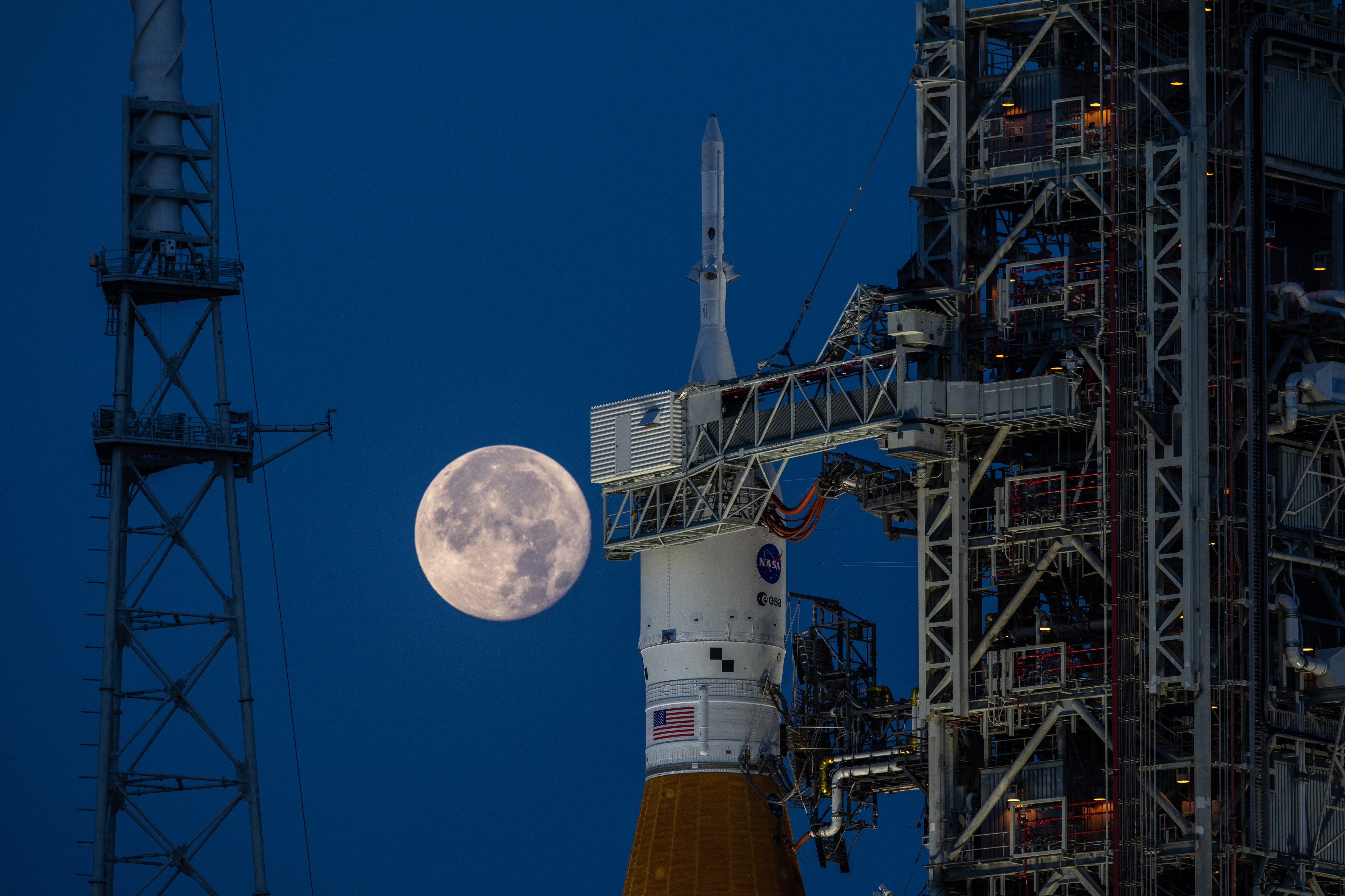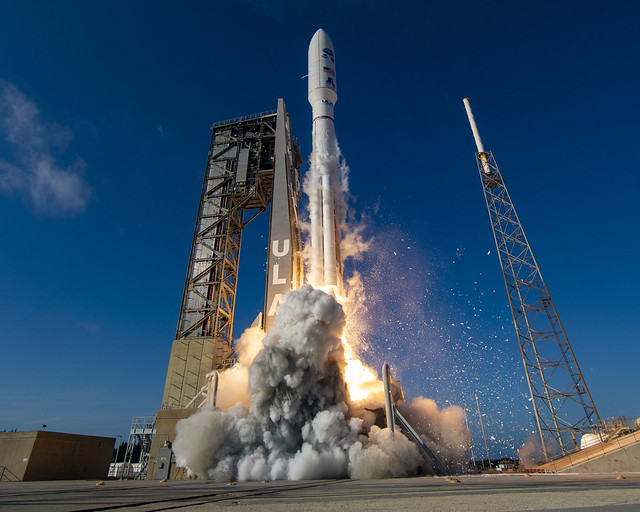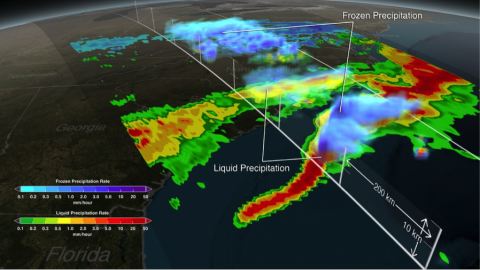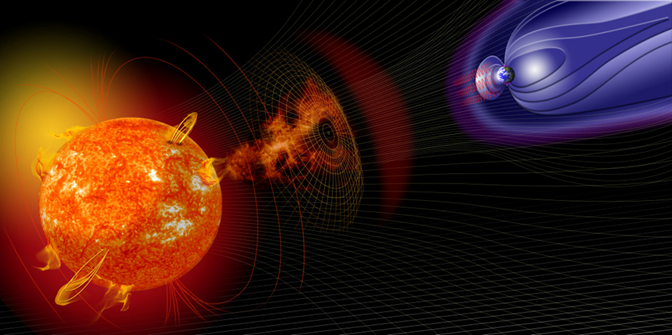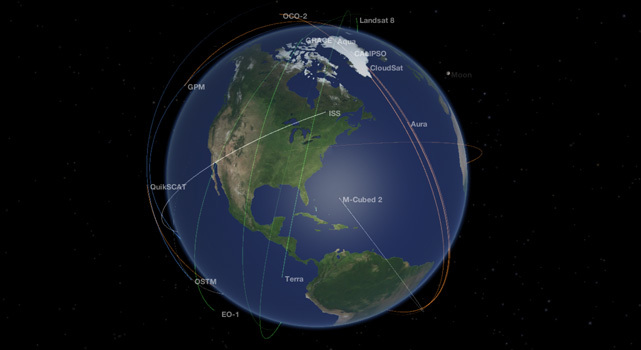GOES Satellite Network
Geostationary Operational Environmental Satellites (GOES) is a collaborative NOAA and NASA program providing continuous imagery and data on atmospheric conditions and solar activity ( space weather ). NASA builds and launches the GOES and NOAA operates them.
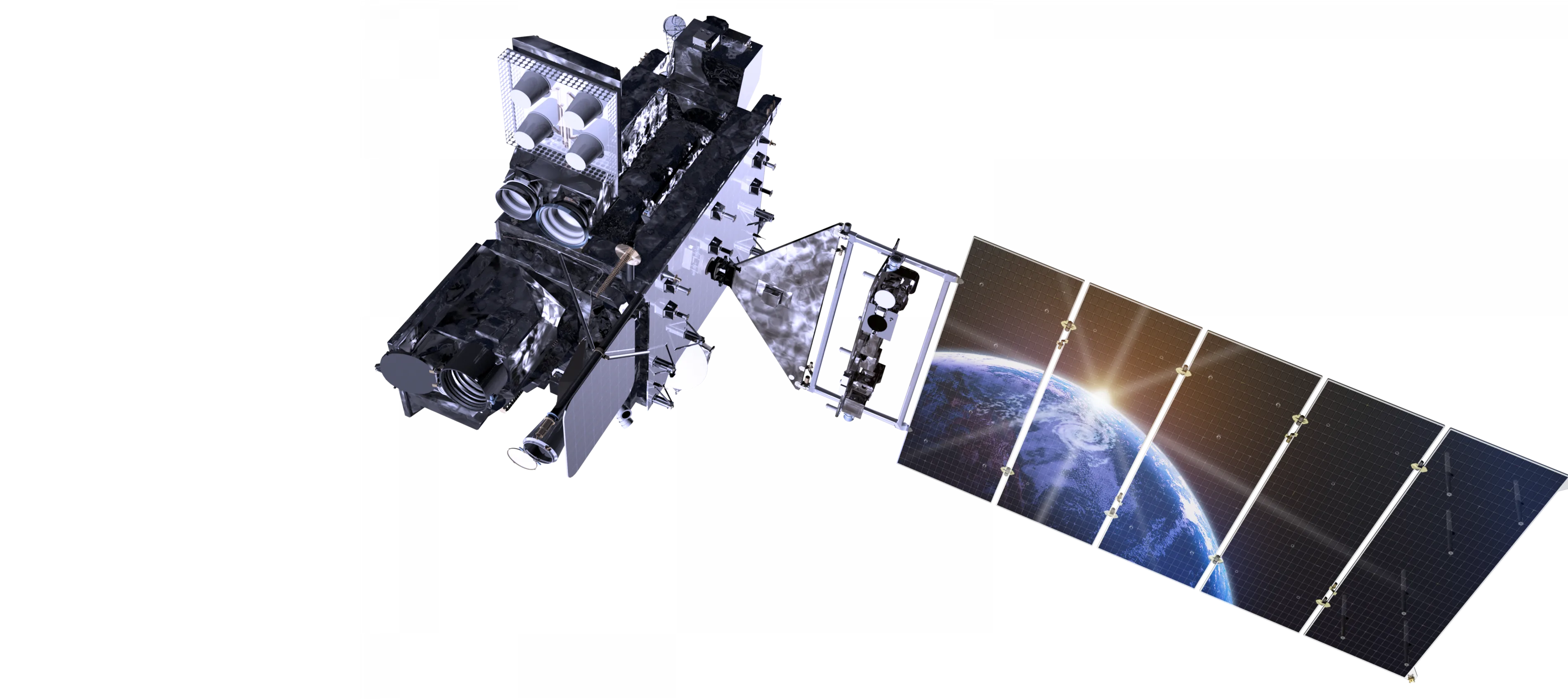
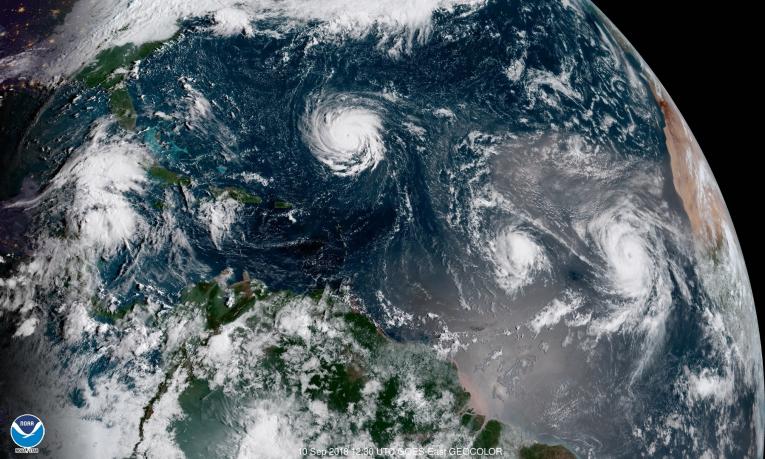
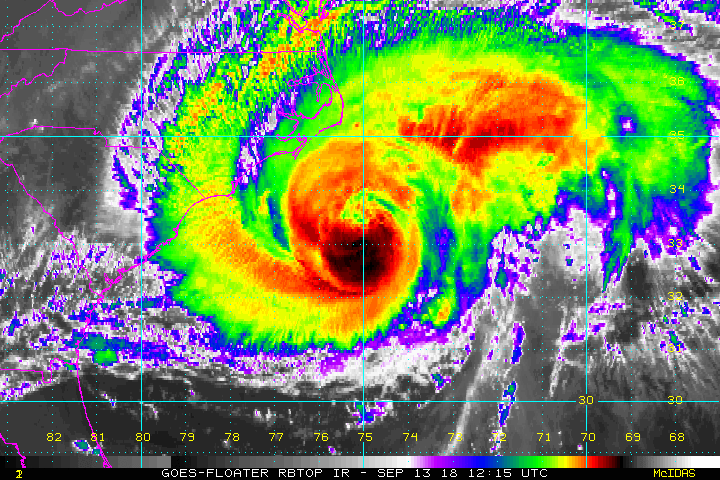
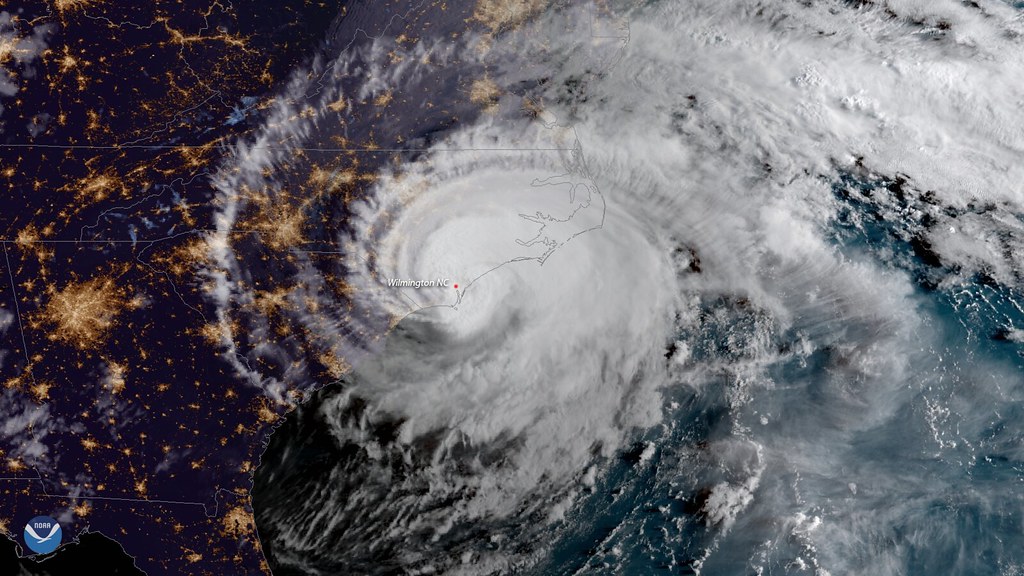
Overview
GOES provide advanced imagery and atmospheric measurements of Earth’s Western Hemisphere, real-time mapping of lightning activity, and monitoring of solar activity and space weather. GOES satellites orbit 22,236 miles above Earth’s equator, at speeds equal to the Earth's rotation. This allows them to maintain their positions over specific geographic regions so they can provide continuous coverage of that area over time.
ORBIT
Equatorial
Altitude
22,236 Miles
GOES West
137.0 West (GOES 18)
GOES East
75.2 West (GOES 16)


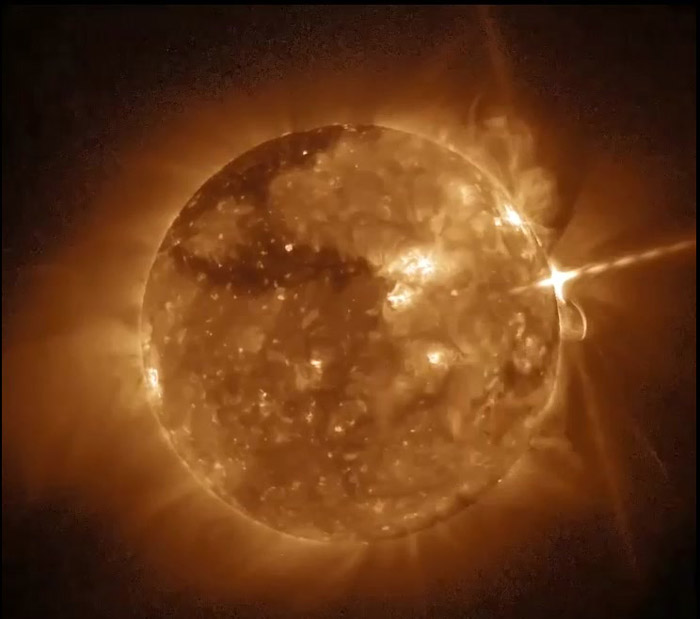
GOES-R Series
NOAA’s most sophisticated Geostationary Operational Environmental Satellites (GOES), is known as the GOES-R Series, The GOES-R Series provides critical atmospheric, hydrologic, oceanic, climatic, solar and space data, significantly improving detection and observation of environmental phenomena that directly affect public safety, protection of property, and our nation’s economic health and prosperity.
GOES-R
GOES-16 Nov 2016
GOES-S
GOES-17 Mar 2018
GOES-T
GOES-18 Mar 2022
GOES-U
Next to Launch
The first satellite in the series, GOES-R, now known as GOES-16, was launched in 2016 and is currently operational as NOAA’s GOES East satellite. GOES-S, now known as GOES-17, was launched in 2018 and now serves as an on-orbit backup. GOES-T, now GOES-18, launched in 2022 and now serves as NOAA’s operational GOES West satellite. GOES satellites are designated with a letter prior to launch. Once a GOES satellite has successfully reached geostationary orbit, it is renamed with a number. GOES-U, the final satellite in the series, is scheduled to launch in 2024.
Together, GOES East and GOES West watch over more than half the globe — from the west coast of Africa to New Zealand and from near the Arctic Circle to the Antarctic Circle.
Benefits Include:
- Hurricane track and intensity forecasts
- Early warning of severe storms and tornadoes
- Fire detection, monitoring, and intensity estimation
- Identification of lightning strikes most likely to ignite fires
- Detection of low clouds and fog
- Monitoring of atmospheric river events that can cause flooding and mudslides
- Monitoring of smoke, dust and aerosols
- Data for air quality warnings and alerts
- Data for aviation route planning and reducing weather-related flight delays
- Detection of volcanic eruptions and monitoring of ash and sulfur dioxide
- Detection of heavy rainfall and flash flood risks.
- Sea surface temperature data for monitoring fisheries and marine life
- Monitoring of vegetative health
- Data for long-term climate variability studies
- Detection of meteors entering Earth’s atmosphere
- Detection of coronal holes, solar flares, and coronal mass ejection source regions
- Warning of space weather hazards responsible for communications and navigation disruptions and power blackouts
- Monitoring of energetic particles responsible for radiation hazards
GOES News Feed
GOES news features released on nasa.gov in reverse chronological order. For launch updates see the next section "GOES Launch Updates".
GOES Launch Updates
GOES-U is the next GOES-R Series satellite to launch. This section contains highlights in reverse chronological order of key launch blog updates, stories and news articles about the GOES-U launch.
See also the GOES Blog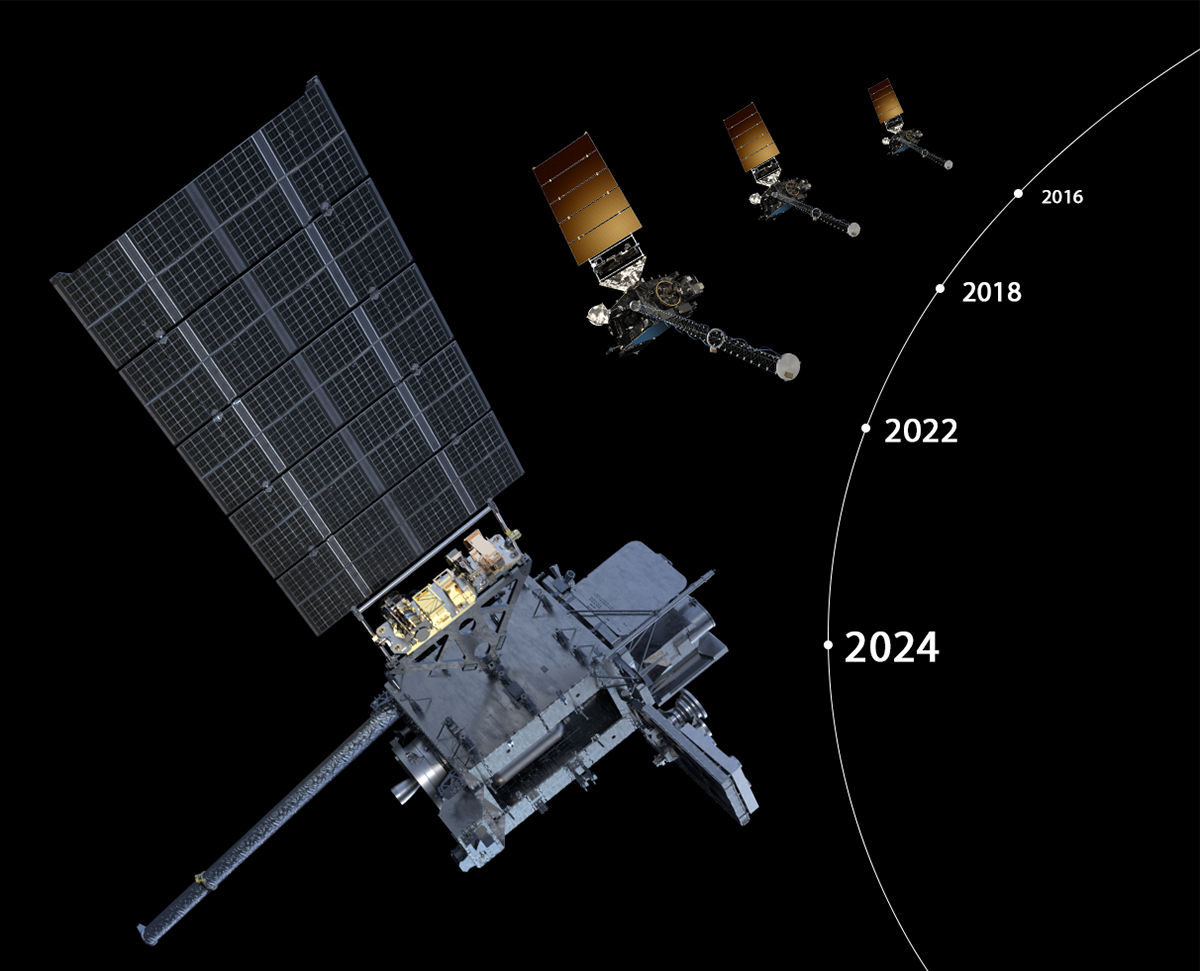
New Launch Date for GOES-U
NASA and SpaceX now are targeting Tuesday, June 25, for the launch of GOES-U, the fourth and final satellite in National Oceanic and Atmospheric Administration’s (NOAA) Geostationary Operational Environmental Satellites (GOES) – R Series.
Blog PostLaunch of NOAA Weather Satellite Delayed
NASA and SpaceX are now targeting no earlier than May 2024 for the launch of the fourth and final satellite in NOAA’s Geostationary Operational Environmental Satellites (GOES) – R Series, GOES-U.
Blog Post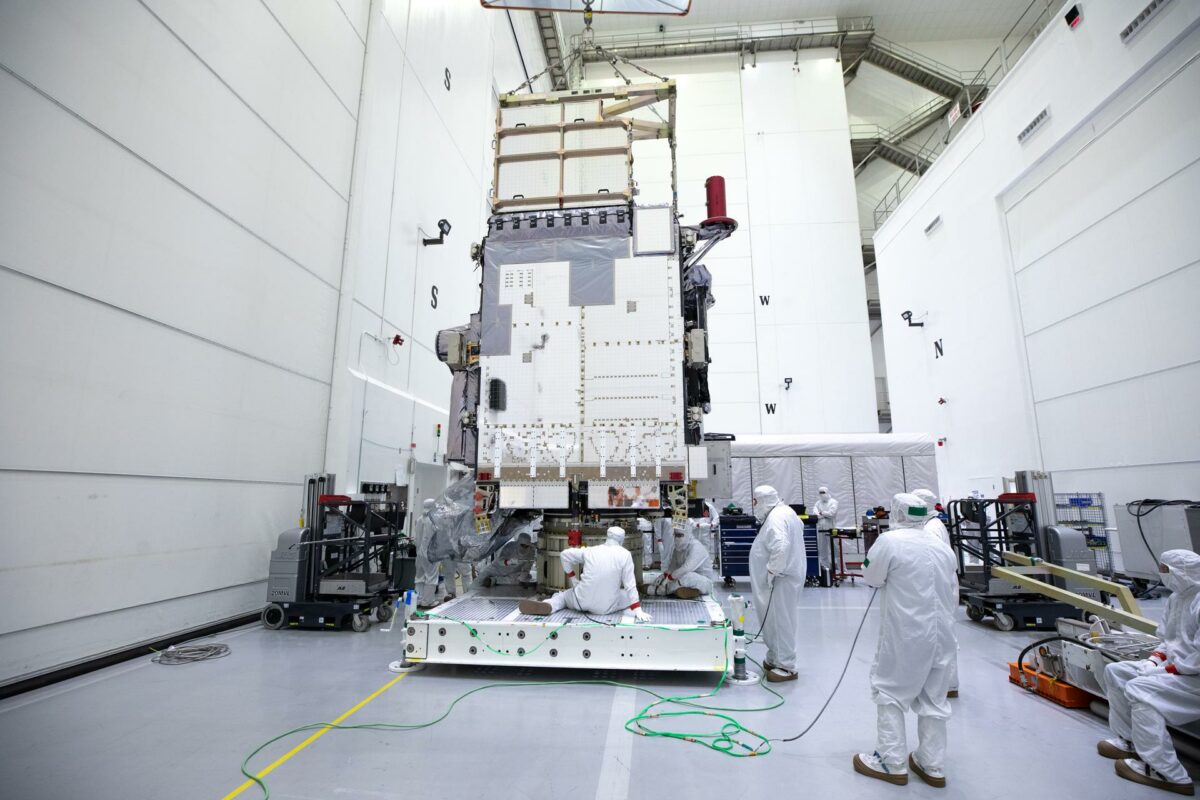
GOES-U Arrives at KSC
GOES-U arrives at NASA’s Kennedy Space Center in Florida on Tuesday, Jan. 23, 2024. Crews transported the satellite to the Astrotech Space Operations facility in Titusville, Florida to prepare it for launch.
GOES-U Road to Launch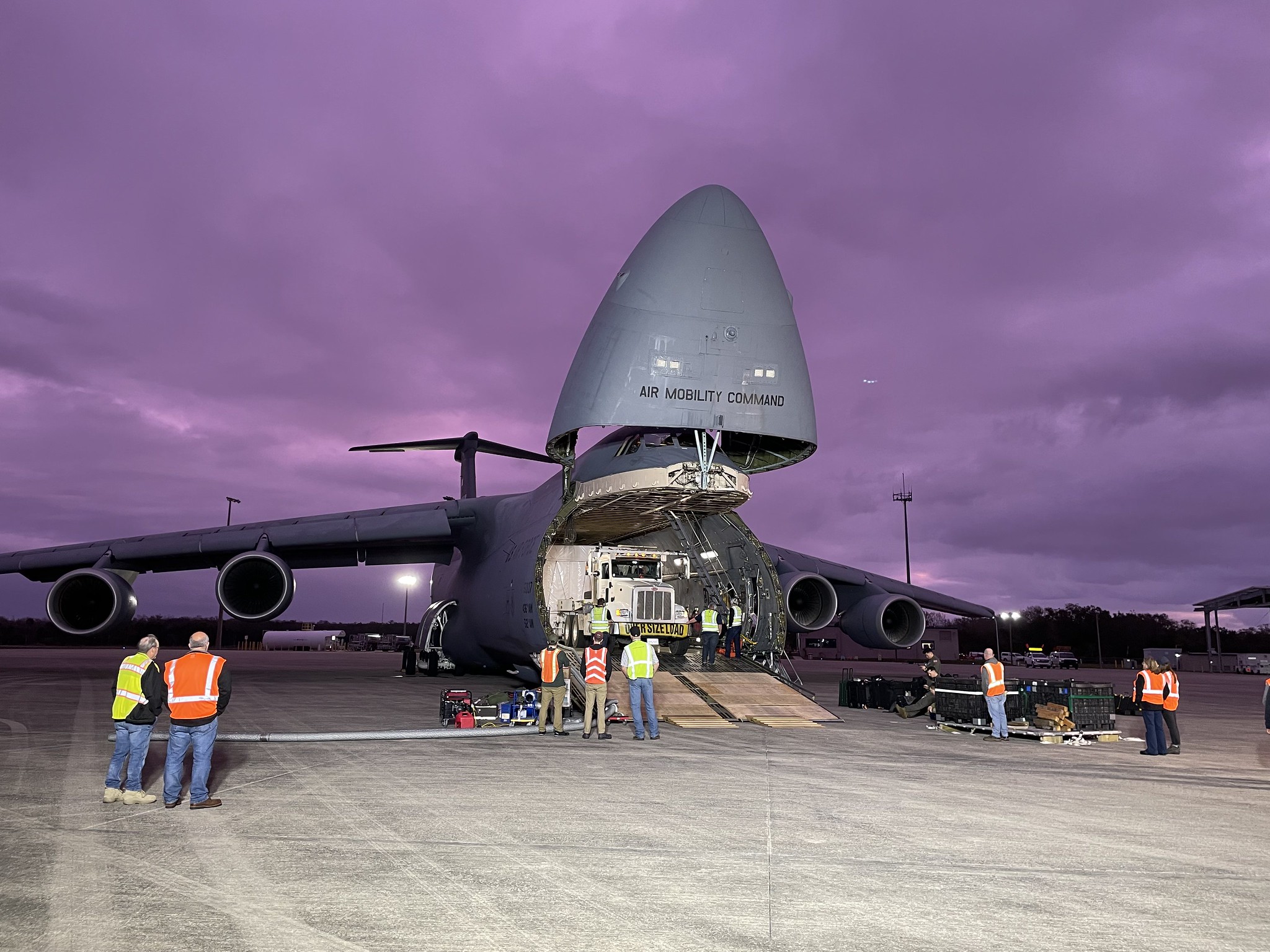
GOES-U Road to Launch Images
This is a slideshow. Hover over it to see image titles and controls. Click any image to view a detail page with descriptions and the ability to view/download images in various resolutions (download icon in lower right on detail page).
GOES-U Spacecraft Development
This is a slideshow. Hover over it to see image titles and controls. Click any image to view a detail page with descriptions and the ability to view/download images in various resolutions (download icon in lower right on detail page).
Previous Launch: GOES-T
NOAA’s GOES-T satellite launched at 4:38 p.m. EST on March 1, 2022. GOES-T was renamed GOES-18 once it reached geostationary orbit. GOES-18 will replace GOES-17 as NOAA’s operational GOES-West satellite in early 2023, to track storm systems, lightning, wildfires, dense fog and other hazards that threaten the western U.S.
Follow the GOES-T Launch Blogs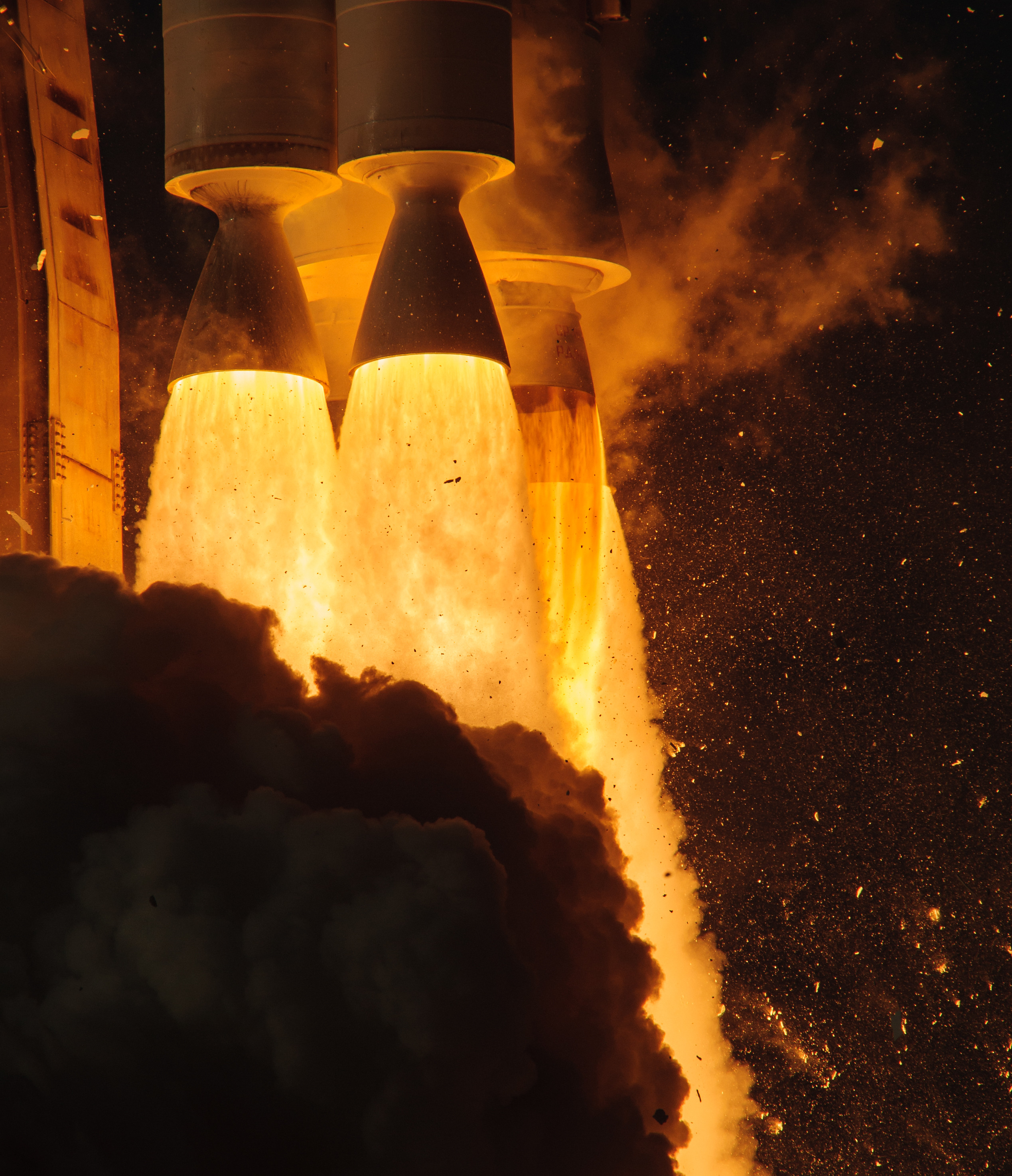
GOES-T Launch Slideshow
GOES-T was the most recent GOES-R Series satellite to launch. Once in orbit it was renamed GOES 18 and then moved into position to become GOES West, as part of the operational GOES Fleet.
This is a slideshow. Hover over it to see image titles and controls. Click any image to view a detail page with descriptions and the ability to view/download images in various resolutions (download icon in lower right on detail page).
Contacts / Media
Members of the media, for additional information please contact one of the following:

